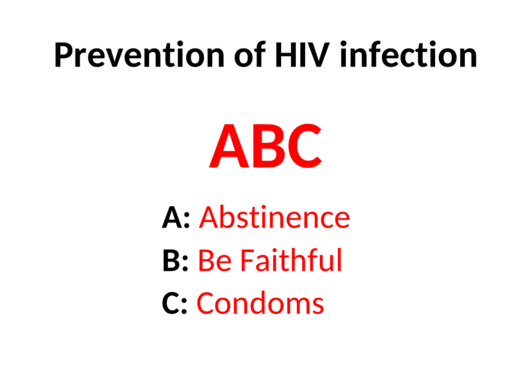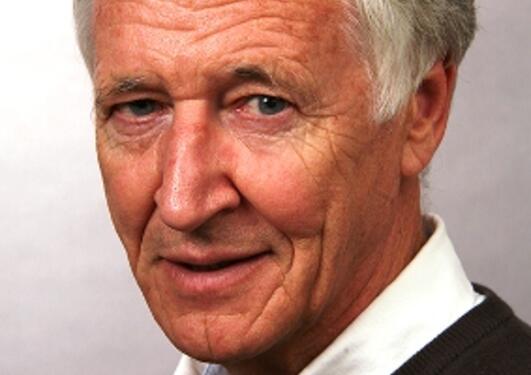William Howlett – Humanitarian and Global Health specialist
William Howlett is a Visiting Researcher at CIH. Based in northern Tanzania for much of his medical and research career, he is renowned for his commitment and dedication to improving health in Tanzania, and beyond.

Main content
An Irish doctor, Howlett first travelled to Africa as part of the humanitarian response to the severe famine in Karamoja, Uganda, in 1980. He had just completed the Diploma course in Tropical Medicine and Hygiene at the London School of Tropical Medicine. In Karamoja, severe drought had combined with war and social unrest with disastrous effects. In terms of mortality, it was one of the worst famines in history in sub-Saharan Africa. Responsible for re-establishing a local, looted hospital, Howlett learned first-hand how dedicated, trained, competent personnel were able to significantly affect the lot of disadvantaged populations. He had the regional hospital in Moroto up and running again in 4 weeks!
Returning to England, Howlett responded to an opening with the Ministry of Health, Tanzania, posted at the London School of Hygiene and Tropical Medicine, for a physician at Kilimanjaro Christian Medical Centre (KCMC), in Moshi, in northern Tanzania, a country that at that time was the second poorest country in the world. Howlett worked at KCMC from 1983-92. He returned to KCMC again in 2006 to teach and conduct research.
Ex Africa semper alquid novi
Howlett’s medical training, his curiosity and compassion, his meticulous observations and research have resulted in important contributions to global health, particularly with respect to AIDs / HIV and “Konzo”. As he himself wrote in an article entitled “Neurology in Africa” published in the Journal Neurology (2014), “’Ex Africa semper aliquid novi [Out of Africa always something new],’ wrote the Roman historian Pliny the elder. Neurology in Africa is no different, with the recent emergence of new diseases ranging from HIV to konzo.”


